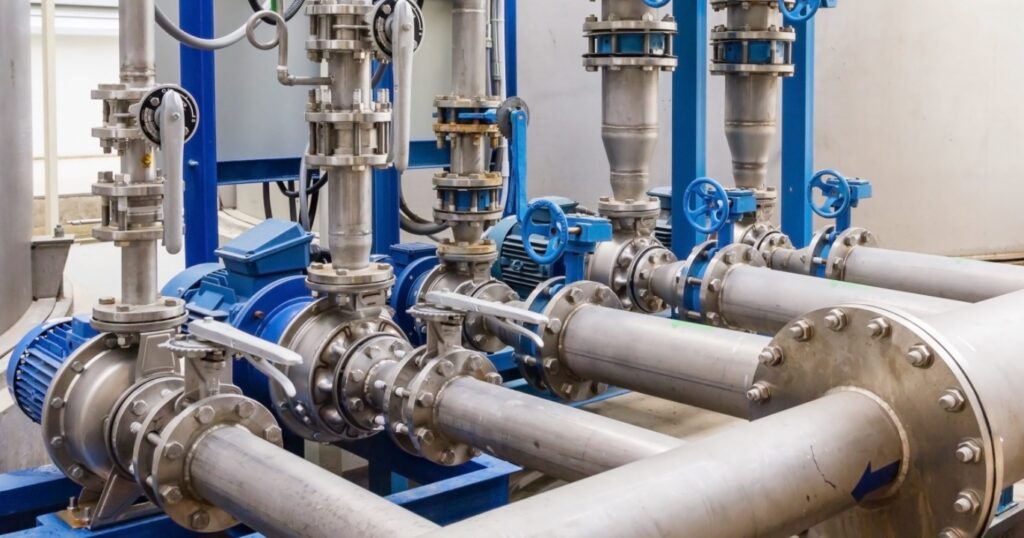
Water treatment plants cannot do without flow measurement sensors. More and more of those products have Internet of Things (IoT) connectivity. According to one industry report, the intelligent flow meter market will be worth a total of US $ 3.1 billion by the year 2025 with compound annual growth at 4.4 %, between now and then (between years).
Those in this category are more expensive than those without IoT connectivity. Decision makers in the water treatment field consider them a worthwhile investment. However, leaders who aren’t yet familiar with how these products actually work will be reluctant to invest in them. Likewise, a person without procurement power may have to work hard on higher-ups to increase the budget and let such sensors sneak in.
To purchase LFU5B-Z311/2, please visit the link.
They must put forward many convincing reasons to support their case. This is some of what they may say in such discussions.
Increased Flow Measurement Accuracy
Giving them more reliable statistics about operations is one of the most common reasons leaders in the water treatment sector choose smart flow meter technology. With this set of data, they can determine whether anything is out of whack, and thereafter analyze it to make a firm decision.
For example, the Wastewater Treatment Resource Recovery Facility (WWTRRF) in Pendleton, Oregon does about 2.5 million gallons of water per day for a population of around 17 thousand people. The leaders here recognized that better measuring ability would unlock many operational advantages and decided to install electromagnetic flow meters at the facility.
Improved Disinfection
Wastewater treatment plant workers leverage water contamination problems to maintain human health. Various studies on waterborne infectious diseases show that viral pathogens account for over half the infections. High-light concentration sensors can therefore help reduce risks by accurately measuring disinfection agents, so users only add just enough to maintain safe levels of chlorine or free radicals while also ensuring they don’t fail regulatory standards set out under toxicity regulations governing drinking water quality.
With the invention of smart flow meters, such an approach can also be used to control bacteria. So Legionella demands using chemicals, copper, and silver to kill it. Having a greater flow rate means it takes more of those things to get the results you want.
Enhanced Sustainability
Water is a valuable resource. Measuring the amount of flow helps us make sure there’s as much available as possible. According to statistics, industrial water facilities lose more than half of their fluid as a result of problems such as leaks. 7 But flow measurement sensors can bring this figure down by drawing attention to unexpected cases of lost water. Looking at how the flow rates change over particular periods provides people with knowledge of when to act fast and prevent further waste. Many plant managers also use ultrasonic flow meters to reckon the quantity of clean surface water produced by a facility each day or over any other period and, thus, can more quickly pinpoint operational problems that threaten sustainability.
If you are looking for WCV1300E valves, please click on the link.














